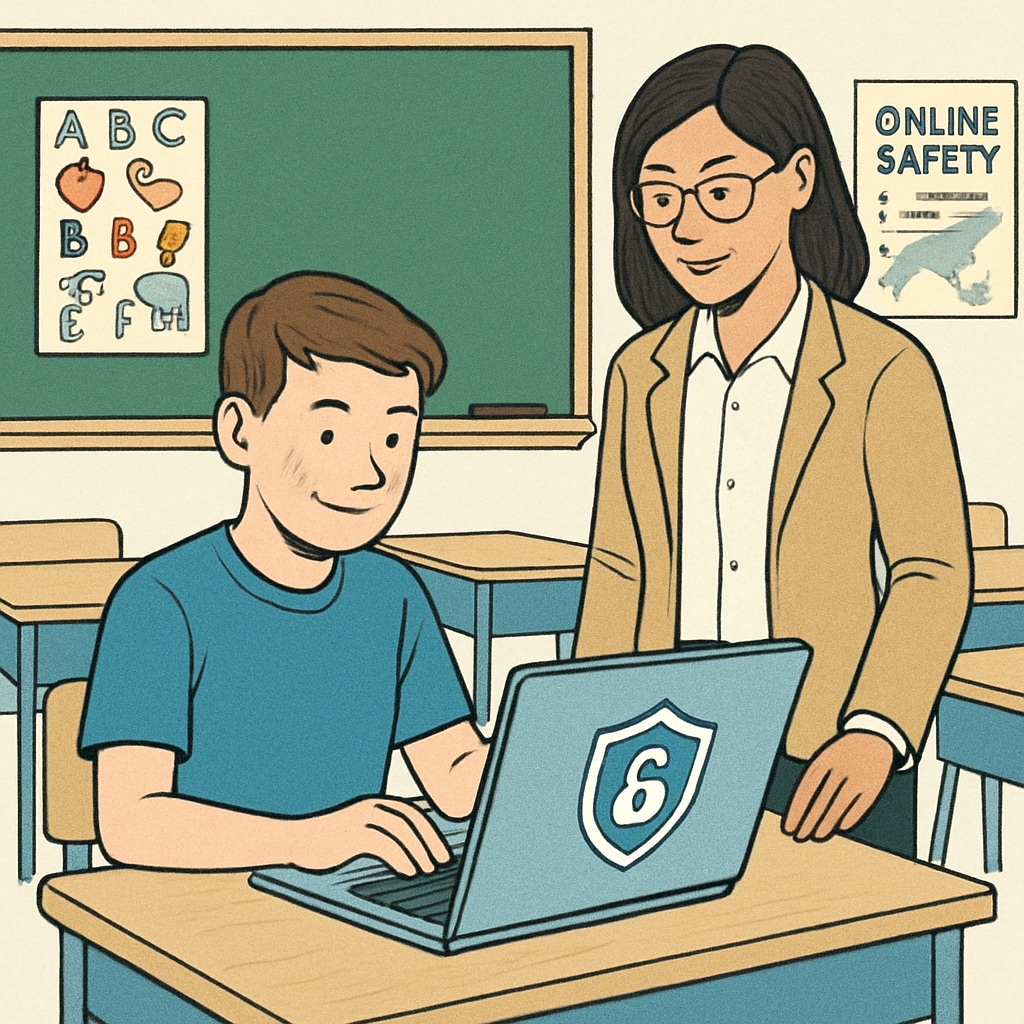The implementation of the UK’s age verification law has triggered a significant rise in VPN (Virtual Private Network) usage, particularly among young internet users. While the law aims to protect minors from accessing inappropriate online content, it has inadvertently created new challenges for K12 educators. Schools now face the dual responsibility of safeguarding students in an increasingly digital world while fostering critical digital literacy skills. This article examines how these developments impact K12 education and offers strategies for equipping students with the tools they need to navigate the internet responsibly.
The UK Age Verification Law and Its Ripple Effects
The UK’s age verification law, designed to regulate access to adult content websites, requires users to prove their age before entering restricted sites. While the intention is to protect minors, many young users have turned to VPNs to bypass these restrictions. VPNs allow users to mask their location and identity, effectively circumventing the safeguards introduced by the law.
This surge in VPN usage has significant implications. On the one hand, it exposes students to potential cybersecurity risks, including malware and phishing attacks commonly associated with unregulated VPN services. On the other hand, it highlights the growing gap in digital literacy among young users, as many lack the knowledge to navigate online spaces safely and responsibly.

Challenges for K12 Educators and Schools
The rise in VPN usage among students creates unique challenges for K12 schools. Firstly, it undermines the effectiveness of school-administered internet filters and other cybersecurity measures. Secondly, it places educators in a difficult position: how can they enforce online safety policies while addressing the root causes of VPN usage?
To address these challenges, schools must adopt a multi-faceted approach that includes:
- Comprehensive digital literacy programs: Educating students about internet safety, the ethical use of technology, and the risks associated with VPNs.
- Parental involvement: Encouraging parents to monitor and guide their children’s online activities at home.
- Collaborative policies: Working with policymakers to ensure that laws like the age verification regulation are balanced and enforceable without unintended consequences.

Empowering Students in the Digital Age
Ultimately, the solution lies in empowering students to become responsible digital citizens. This involves more than just limiting access to certain websites. Schools must focus on equipping students with the skills they need to critically evaluate online content, recognize potential risks, and make informed decisions.
For example, integrating cybersecurity topics into the curriculum can provide students with practical knowledge about online threats and the importance of maintaining personal privacy. Additionally, fostering open discussions about the ethical implications of technology use can help students understand the broader impact of their online behavior.
In addition to classroom initiatives, leveraging technology itself can be part of the solution. Tools that promote safe browsing habits, such as child-friendly search engines and educational apps, can help create a more secure online environment for students.
Conclusion: Striking a Balance
The UK’s age verification law has brought to light the complex interplay between legislative efforts to protect minors and the unintended consequences of technological workarounds like VPNs. For K12 educators, this presents an opportunity to reimagine how digital safety and literacy are taught in schools.
By adopting a proactive approach to cybersecurity education and fostering collaboration between schools, parents, and policymakers, educators can help students navigate the digital world with confidence and responsibility. In doing so, they will not only address the immediate challenges posed by VPN usage but also lay the groundwork for a digitally literate and resilient generation.
Readability guidance: The article uses short paragraphs, lists, and frequent transitions to ensure clarity. Key terms like “VPN” and “digital literacy” are explained, and the narrative avoids overly technical jargon. The overall tone remains professional while accessible to educators and policymakers.


